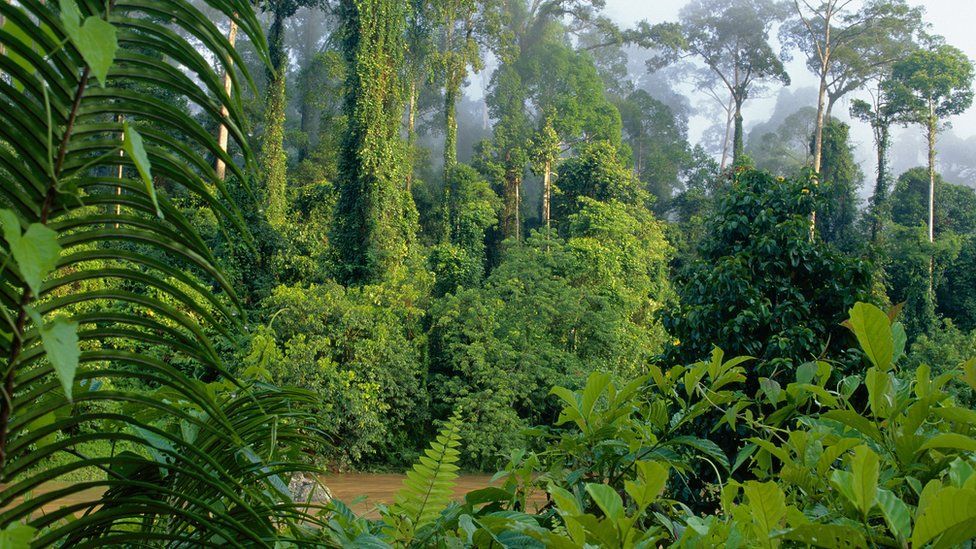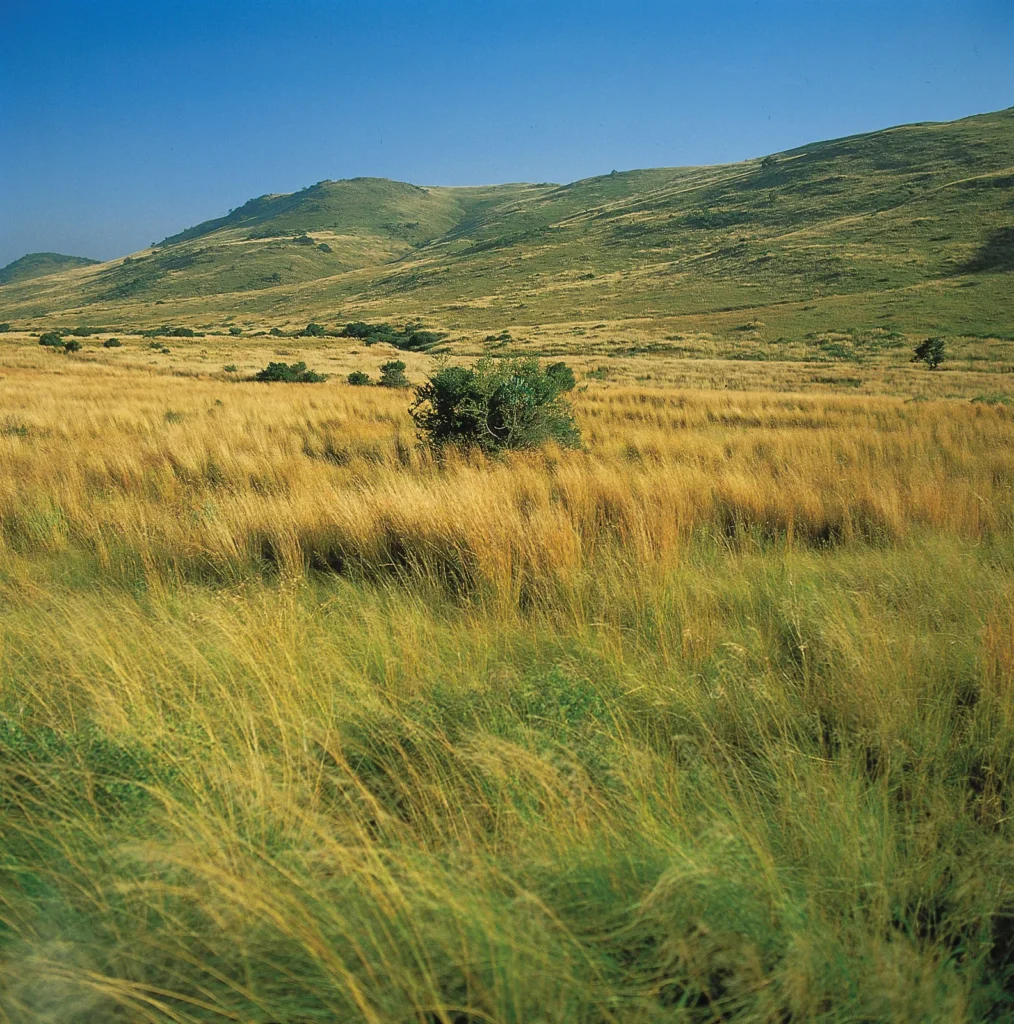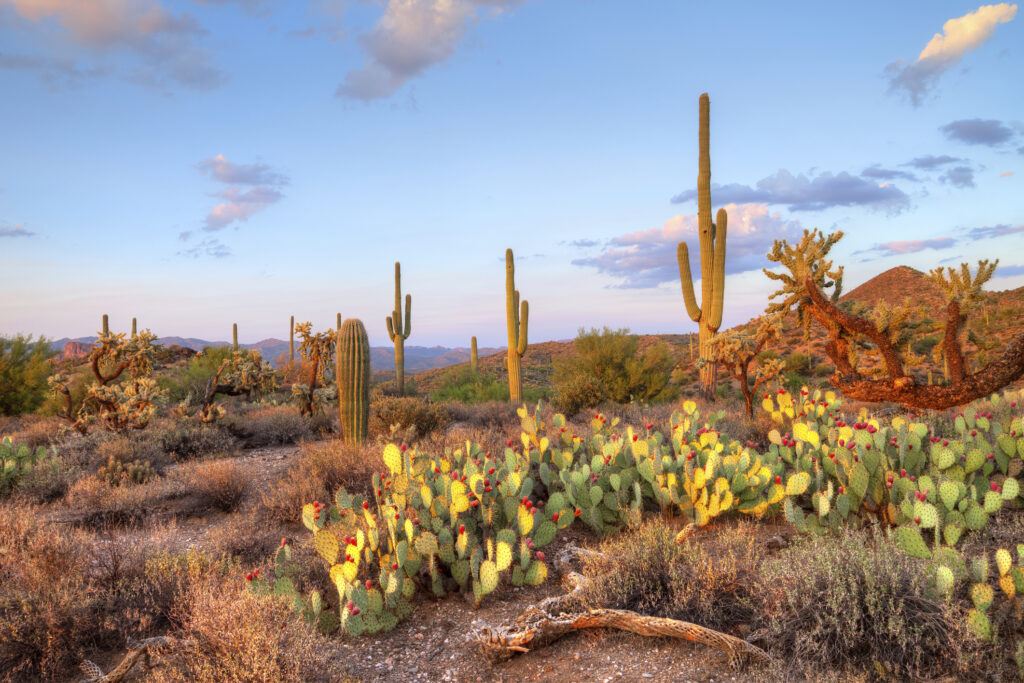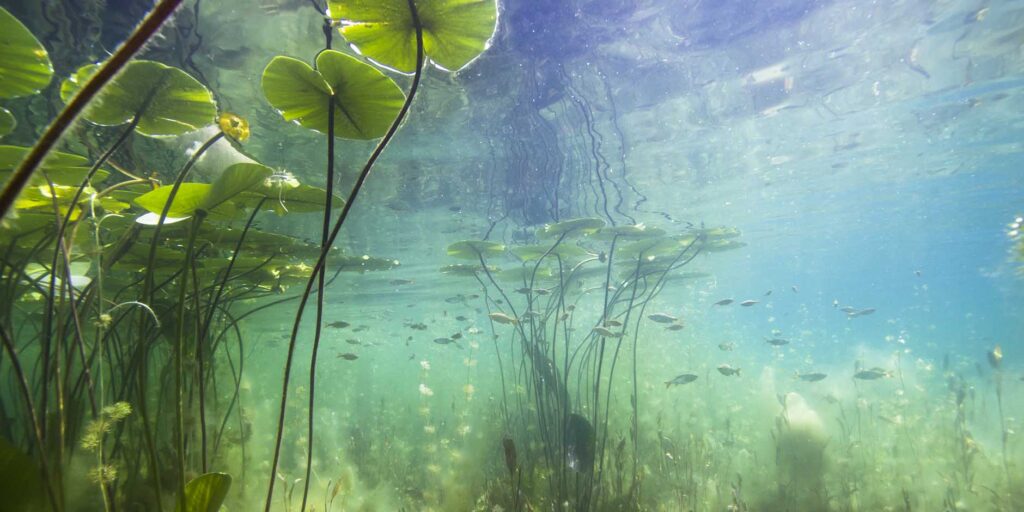Vegetation : Types, Functions, and Threats
Introduction:
Vegetation refers to the collective plant life that covers a particular area, ranging from small plants to large trees and everything in between. It plays a crucial role in maintaining the ecological balance of the Earth and is vital for various ecological functions. Here’s a detailed overview of vegetation:
Functions of Vegetation:
- Oxygen Production:
Plants undergo photosynthesis, releasing oxygen and converting carbon dioxide into organic compounds.
- Carbon Sequestration:
Vegetation, especially forests, plays a crucial role in absorbing and storing carbon dioxide, helping mitigate climate change.
- Biodiversity Support:
Diverse vegetation provides habitat and sustenance for a wide variety of animal species, contributing to biodiversity.
- Soil Conservation:
Plant roots help prevent soil erosion by stabilizing the soil, and vegetation acts as a natural barrier against wind and water erosion.
- Water Cycle Regulation:
Vegetation influences the water cycle by absorbing and releasing water through transpiration and evaporation.
- Aesthetic and Recreational Value:
Parks, gardens, and natural landscapes provide aesthetic and recreational benefits for humans.
- Medicinal Resources:
Many plants have medicinal properties and are used in traditional or modern medicine.
Types of Vegetation:
Forest Vegetation:
Tropical Rainforests: Found near the equator, characterized by high biodiversity and consistent rainfall.
Temperate Forests: Found in regions with distinct seasons and moderate temperatures, characterized by deciduous and coniferous trees.
Boreal Forests: Also known as taiga, found in high latitudes with cold temperatures, dominated by coniferous trees.

Characteristics of Forest Vegetation:
- Canopy:
- The upper layer of leaves and branches formed by the crowns of the trees. It provides shade and habitats for many species.
- Understory:
- The layer beneath the canopy, consisting of smaller trees, shrubs, and herbaceous plants.
- Forest Floor:
- The lowest layer, covered with fallen leaves, branches, and decaying organic matter.
- Biodiversity:
- Forests are home to a vast array of plant and animal species, many of which are not found in other ecosystems.
- Ecosystem Services:
- Forests provide essential services such as oxygen production, carbon sequestration, and water regulation.
- Wildlife Habitat:
- Forests offer diverse habitats for various wildlife, including mammals, birds, insects, and fungi.
Grassland Vegetation:
Prairies: Temperate grasslands with rich soil and a variety of grass species.
Savannas: Tropical grasslands with scattered trees, often found in Africa.

Characteristics of Grassland Vegetation:
- Grasses:
- Grasses are the dominant plant type, adapted to the frequent grazing and fire disturbances typical of grassland ecosystems.
- Herbaceous Plants:
- Besides grasses, grasslands may host a variety of herbaceous plants, including wildflowers and sedges.
- Adaptations to Fire:
- Grassland plants often have adaptations to survive and even benefit from periodic wildfires, which can control woody plant encroachment.
- Seasonal Changes:
- Grasslands may experience distinct seasons, with periods of active growth during the growing season and dormancy or senescence during the winter.
- Biodiversity:
- Grasslands support diverse ecosystems with a wide range of plant and animal species, including insects, birds, and mammals.
- Role in Agriculture:
- Many grasslands are used for agriculture, particularly as grazing land for livestock and for the cultivation of crops.
Desert Vegetation:
Xerophytes: Plants adapted to arid conditions with features like water storage tissues and reduced leaves.

Characteristics of Desert Vegetation:
- Xerophytic Adaptations:
- Many desert plants have xerophytic adaptations to survive in arid conditions, including reduced leaves, water storage tissues, and deep root systems.
- Succulence:
- Succulent plants, such as cacti, have specialized tissues for storing water, allowing them to endure extended periods of drought.
- Reduced Leaf Surface:
- Leaves of desert plants are often reduced in size or modified to reduce surface area, minimizing water loss through transpiration.
- Dormancy:
- Some desert plants go through periods of dormancy during extreme conditions, conserving energy until more favorable conditions return.
- Phreatophytes:
- Certain desert plants, known as phreatophytes, have deep root systems that tap into the groundwater table for a continuous water supply.
- Salt Tolerance:
- Halophytes, adapted to saline conditions, can be found in desert environments with salty soils.
- Camouflage and Mimicry:
- Some desert plants have developed features for camouflage or mimicry to blend in with their surroundings or deter herbivores.
- Sparse Vegetation:
- Desert vegetation is often sparse, with individual plants widely spaced to reduce competition for water and nutrients.
- Short Growth Periods:
- Many desert plants have short and opportunistic growth periods, taking advantage of brief periods of rainfall.
Aquatic Vegetation:
Aquatic Plants: Submerged, floating, or emergent plants found in aquatic ecosystems like lakes, rivers, and wetlands.

Characteristics of Aquatic Vegetation:
- Adaptations to Water Environment:
- Aquatic plants have adaptations to life in water, such as specialized leaves for buoyancy and structures for nutrient absorption from the water.
- Rooted and Floating Forms:
- Aquatic vegetation includes both rooted plants that grow on the substrate and floating plants that drift on the water’s surface.
- Photosynthesis:
- Aquatic plants contribute significantly to oxygen production through photosynthesis, which occurs both above and below the water surface.
- Nutrient Uptake:
- Aquatic plants play a crucial role in nutrient cycling by absorbing and utilizing nutrients from the water, helping to maintain water quality.
- Diversity of Forms:
- Aquatic vegetation exhibits a wide diversity of forms, including submerged grasses, emergent reeds, floating lilies, and filamentous algae.
- Habitat for Aquatic Life:
- Aquatic vegetation provides habitat and shelter for various aquatic organisms, including fish, invertebrates, and amphibians.
- Water Filtration:
- Some aquatic plants act as natural water filters, removing pollutants and sediment from the water.
- Tolerance to Water Depth:
- Different aquatic plants have varying tolerances to water depth, with some thriving in shallow waters while others can grow submerged in deeper areas.
- Rhizomes and Runners:
- Many aquatic plants propagate through rhizomes or runners, allowing them to spread and colonize new areas.
- Floating Leaves:
- Some aquatic plants have leaves that float on the water’s surface, providing shade and habitat for aquatic organisms.
Threats to Vegetation:
Vegetation faces various threats globally, which can have significant impacts on ecosystems, biodiversity, and the overall health of the planet. Here are some major threats to vegetation:
1. Deforestation:
- Description: The large-scale removal of forests for agriculture, logging, and urbanization.
- Impact: Loss of biodiversity, disruption of ecosystems, and reduction in carbon sequestration.
2. Climate Change:
- Description: Changes in temperature, precipitation patterns, and extreme weather events caused by the accumulation of greenhouse gases in the atmosphere.
- Impact: Altered growing seasons, shifts in plant and animal distributions, and increased frequency of extreme weather events.
3. Habitat Destruction:
- Description: Destruction or alteration of natural habitats due to human activities like construction, mining, and infrastructure development.
- Impact: Loss of biodiversity, disruption of ecological balance, and habitat fragmentation.
4. Pollution:
- Description: Contamination of air, water, and soil by pollutants from industrial, agricultural, and urban sources.
- Impact: Damage to plant health, soil degradation, and disruption of nutrient cycles.
5. Invasive Species:
- Description: Introduction of non-native species that can outcompete or prey on native vegetation, disrupting local ecosystems.
- Impact: Loss of native species, altered ecosystem dynamics, and changes in community structure.
6. Overgrazing:
- Description: Excessive grazing by domestic animals, leading to the depletion of vegetation in certain areas.
- Impact: Soil erosion, loss of plant cover, and degradation of pastures.
7. Wildfires:
- Description: Uncontrolled fires, often exacerbated by factors like drought and human activities.
- Impact: Destruction of vegetation, loss of habitat, and release of carbon into the atmosphere.
8. Land Use Change:
- Description: Conversion of natural landscapes into agricultural or urban areas.
- Impact: Loss of natural vegetation, disruption of ecosystems, and increased pressure on remaining natural habitats.
9. Disease and Pests:
- Description: Outbreaks of diseases or infestations by pests that can affect plant health.
- Impact: Reduced productivity, loss of biodiversity, and changes in ecosystem dynamics.
10. Illegal Logging:
- Description: Unregulated or unsustainable logging practices that can lead to the depletion of forests.
- Impact: Habitat destruction, loss of biodiversity, and disruption of ecosystem services.
11. Urbanization:
- Description: Expansion of urban areas into natural landscapes.
- Impact: Fragmentation of habitats, loss of green spaces, and altered microclimates.
12. Airborne Pollution:
- Description: Airborne pollutants, such as sulfur dioxide and ozone, can negatively impact plant health.
- Impact: Damage to leaves, reduced photosynthesis, and overall stress on vegetation.
Mitigation and Conservation Strategies:
- Sustainable land management practices.
- Reforestation and afforestation projects.
- Conservation of natural habitats through protected areas.
- Implementation of sustainable agriculture practices.
- Monitoring and control of invasive species.
- Climate change mitigation efforts.
- Community involvement in conservation initiatives.
Addressing these threats requires a comprehensive and integrated approach involving local communities, governments, and international organizations to ensure the sustainable management and protection of vegetation and ecosystems.